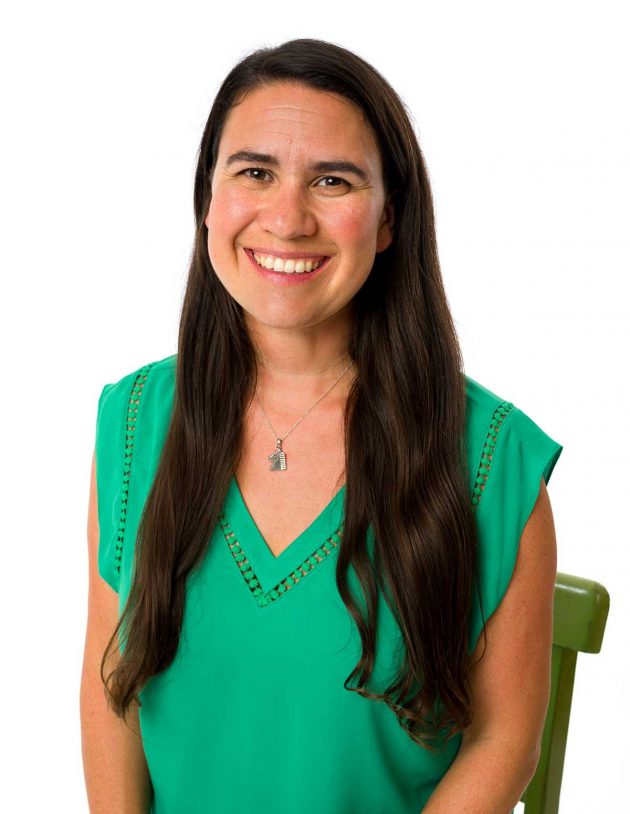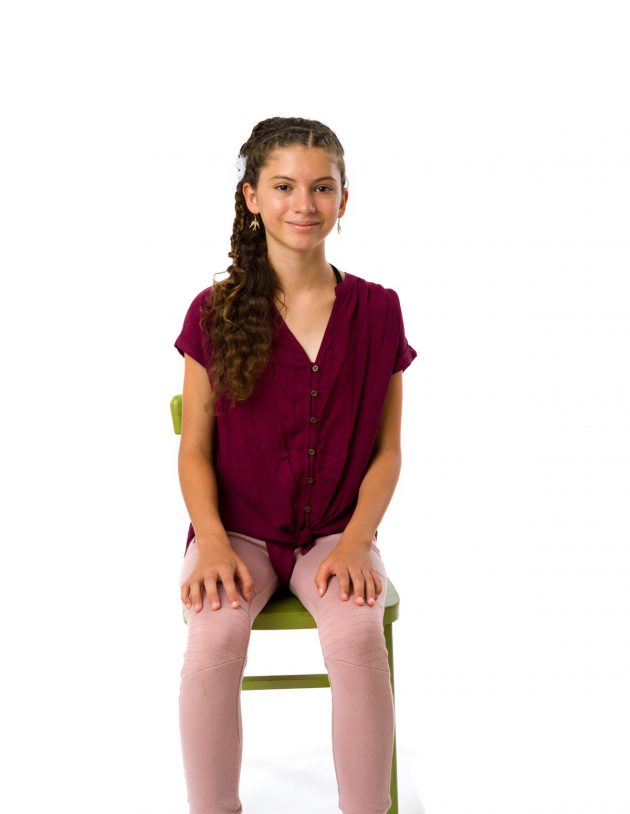CLICK HERE FOR ENLARGED VERSION OF RESEARCH POSTER
Database Coding and Interpretation: April 20, 2014, Colin Pearsall
Social emotional learning (SEL) theory posits that a child’s capacity for self-understanding and self-regulation is a gateway to achieving personal goals and participating in the community.
This research takes the reporting of SYP yoga teachers and interprets their classroom experience in terms of SEL theory. Using the teachers’ own words is a valid and revealing way to understand their goals and observations in teaching yoga to children.
In order to objectively interpret the teachers’ subjective impressions, a methodology was needed to standardize the reporting data. So, an original coding system was developed to categorize teacher feedback according to SEL objectives and outcomes.
SEL theory provided an objective, systematic schema to interpret the dataset. In other words, instead of using SYP standards to evaluate the teacher commentary, the unique coding system takes an independent filter (SEL theory) and sifts the teacher comments according to predetermined, externally developed criteria.
In addition to categorizing the teacher observations, the codes also translate qualitative comments into quantitative data. This reduces a large volume of text into numbers that can be counted and analyzed for all teachers and all classes. The source material (more than 600 entries from 21 teachers in 24 schools) makes the dataset valuable in terms of variation and depth.
The dataset is still being coded. Only about 50% of the entries have been included in the current analysis. Among the preliminary findings, there are a few interesting trends that stand out.
- Figure 1 shows an analysis of Teacher Goals. The right side of the chart shows a breakdown of teacher goals according to relevant SEL criteria. The bars on the chart tally the number of times teachers expressed these goals during each section of the SYP curriculum (Zones of Activity labeled across the bottom of the chart). You can see that there is a peak in “Self Regulation” during the “Breathe” activities and a similar peak in “Awareness of Body” in the “Relax” activities. These aberrations (spikes) indicate that across schools and across classes, teachers were more uniform in their goals in these two areas. A diversity of teachers were a) consistently using the breath to teach students self-regulation and b) consistently bringing student attention to their bodies in order to induce relaxation. These patterns are in-line with SYP curriculum objectives.
- Figure 2 shows an analysis of Child Outcomes Observed. The right side of this chart shows a breakdown of SEL behavior objectives. The bars on the chart tally the number of times teachers observed these behaviors during each activity section. The most noticeable peaks in behavior can be seen in the “Move” activities where children expressed a great amount of joy, motivation, confidence, and competence. These spikes demonstrate how much children enjoy the movement activities and how their sense of confidence and achievement are boosted by physical challenges. Other data peaks include student awareness of self and others during the “Connect” activities, and their sense of calm and self-control during “Relax” activities. Interestingly, these data reveal the impact of the social and emotional components in the “Connect” activity zone. Taken together with the “Move” outcome data, a preliminary case can be made for how SYP is successfully merging physical, emotional, and social development in its curriculum.
- Figure 3 indicates a more generalized interpretation of the curriculum. The bars in each Zone of Activity indicate the level of student engagement in each section based on number of mentions across teachers, schools, and classes. Looking at the curriculum by activity, the highest rate of participation (25) is seen in the Focus zone and the lowest total (14) is noted in the Relax zone. What is interesting is that entire range of participation levels is not very wide. This can be interpreted to show that, while there is some fluctuation in participation levels based on activity, all of the activities seem to achieve a relatively high degree of engagement (i.e., there are no single digit numbers in any activity zone and no extreme peaks from one zone to the next).
I still need to tally and analyze the remaining 50% of the data. Based on statistical expectations, the trends seen in this sample would likely be mirrored by more data but new indications are also likely to emerge once the full set is finished.
In summary, this initial data analysis indicates three meaningful findings:
- The kids like the program and are actively participating in all sections (Figure 3).
- The teachers are generally using the activities to achieve the desired results; the curriculum is being implemented as designed (Figures 1 and 2).
- The SYP curriculum incorporates and embodies the techniques and objectives of SEL theory as demonstrated by the success of applying this independent coding system to analyze the existing database.
Contact: Colin Pearsall: colinpearsall@gmail.com, Jennifer Cohen Harper (founder): jennifer@littlefloweryoga.com, Mayuri Gonzalez (SYP director): mayuri@littlefloweryoga.com



















